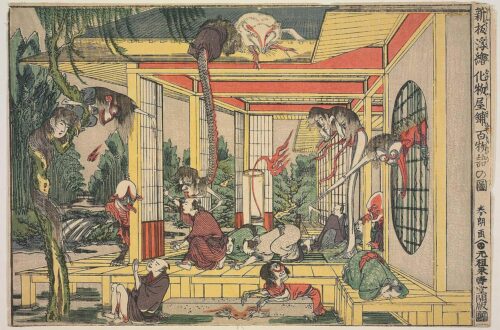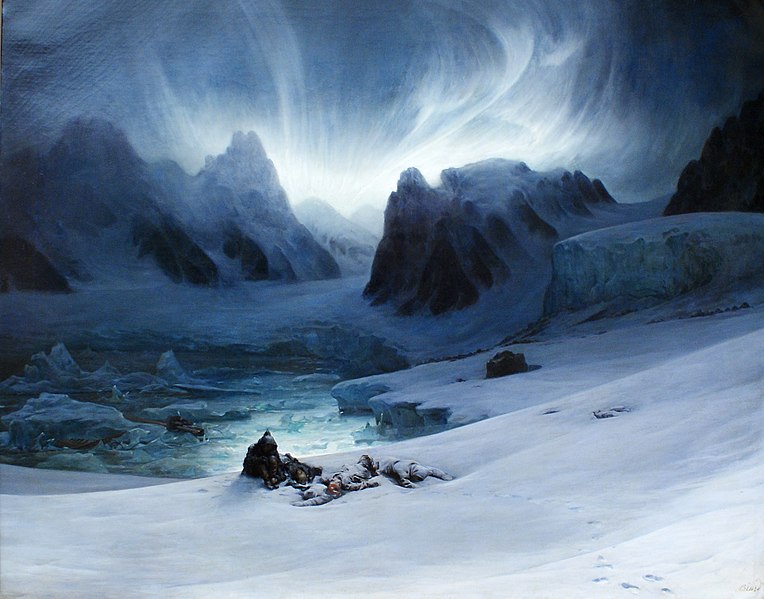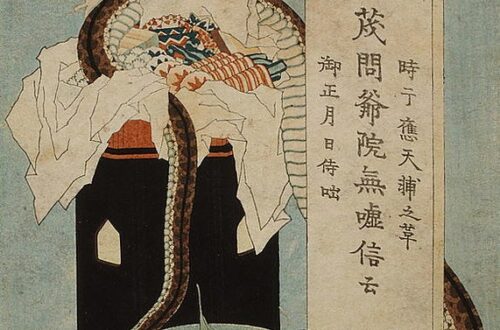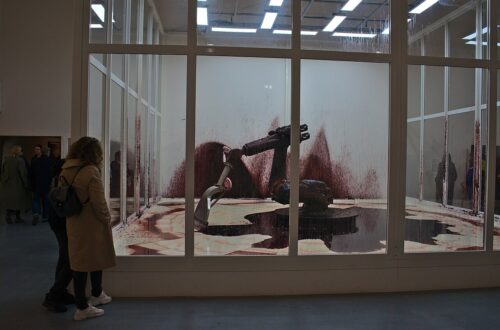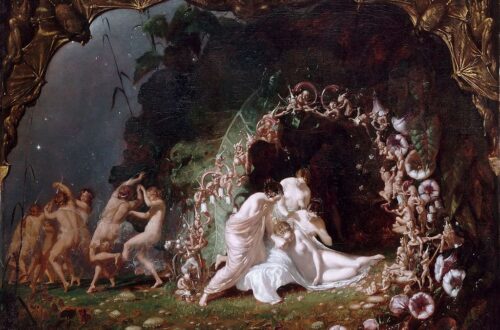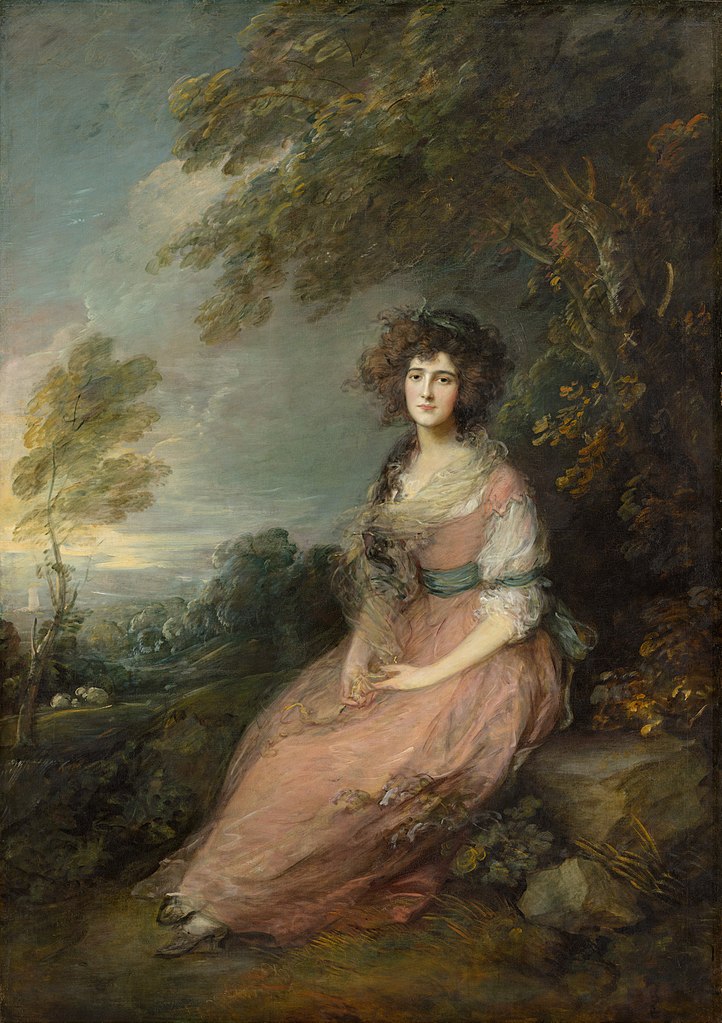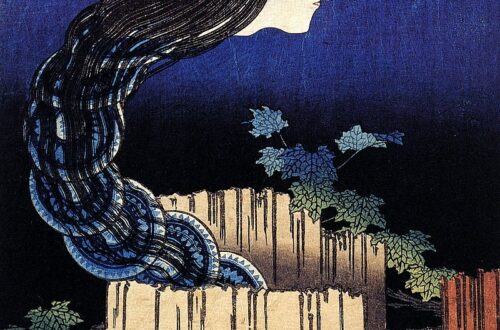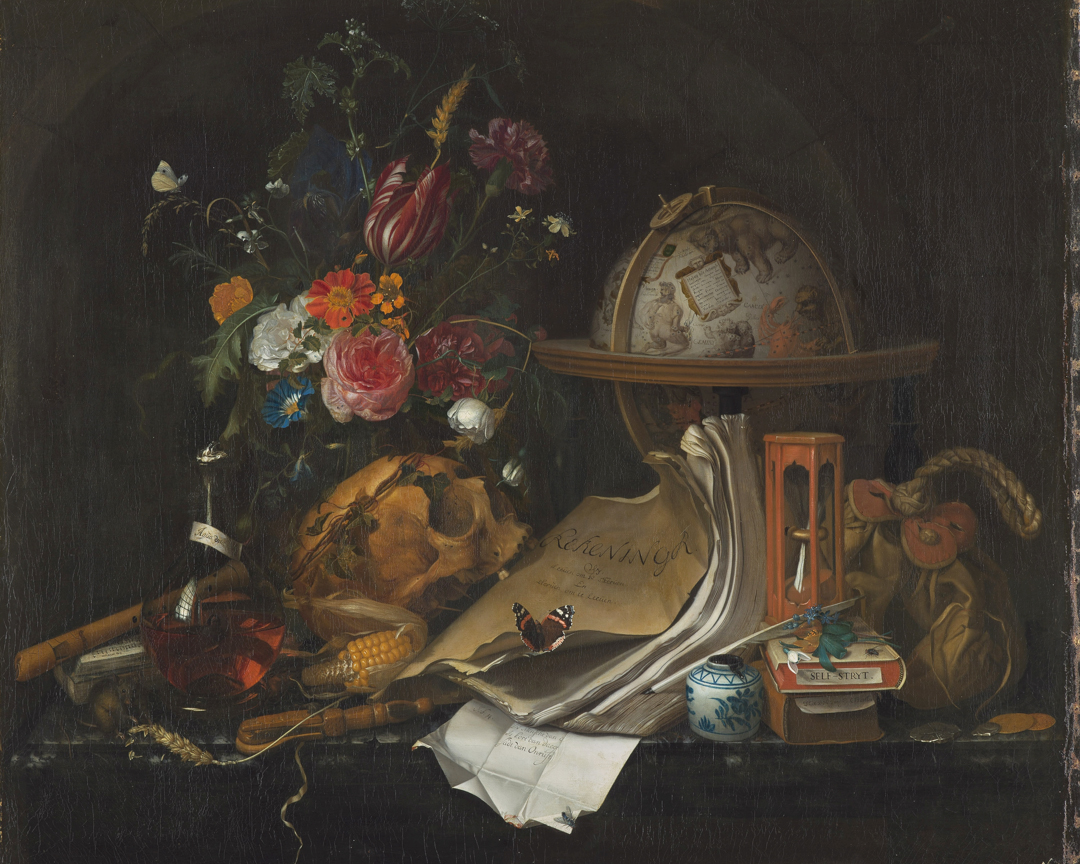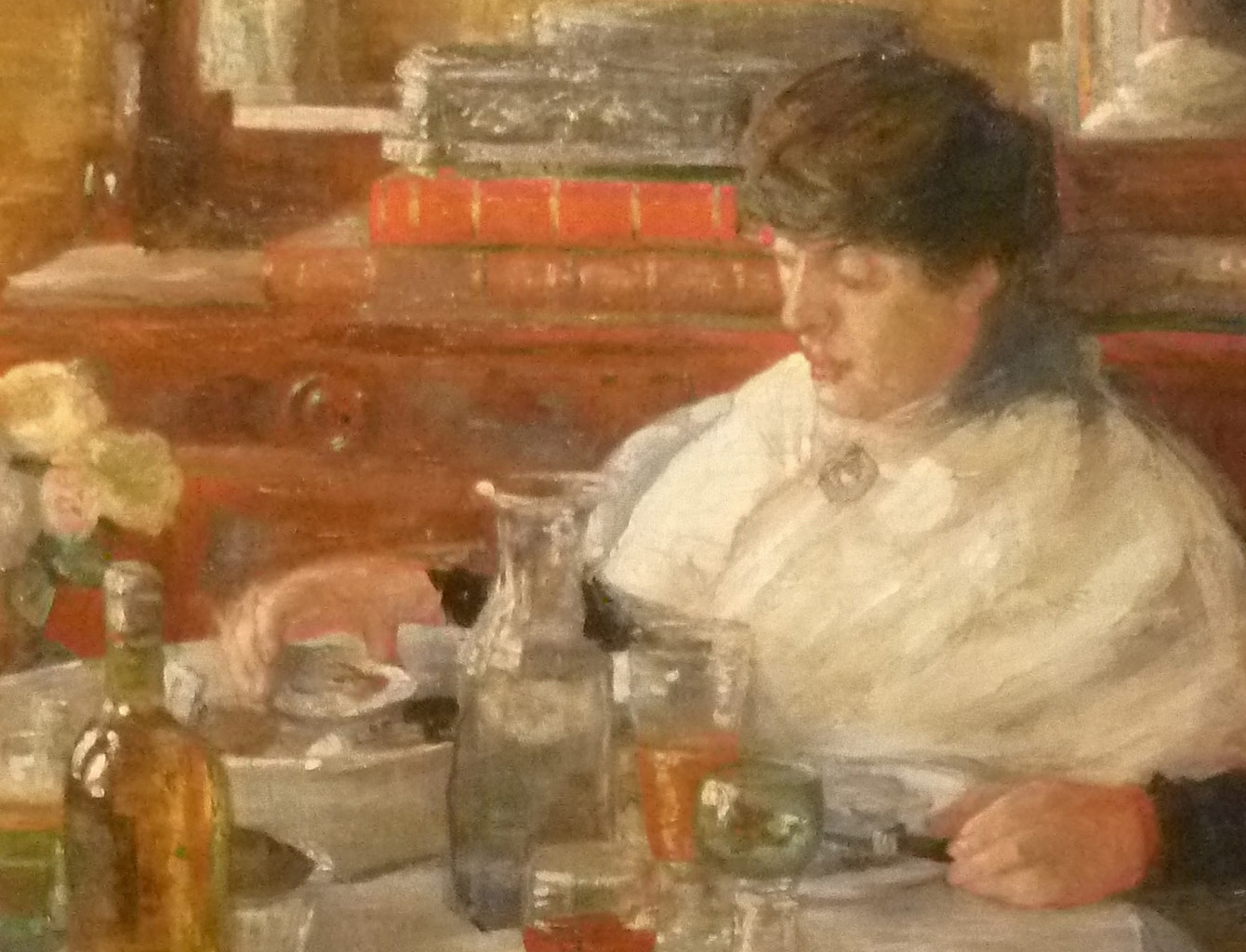-
A pineapple for a king!
Some of you might say that the subject of the pineapple has not much to do with art history. But I find the topic so whimsy and a little bit bizarre that I just couldn’t help myself. So here we are. Pineapples are pretty common today. Nothing special. But this was not always the case. Pineapples were not only a very exotic delight in centuries past, they were expensive. In fact: they were so expensive that only the rich and the noble could afford them. Around 1400, pineapples were a staple fruit of the Native American people. Christopher Columbus was the first European to encounter the fruit on his second…
-
Elisabetta Sirani, the forgotten painter
Most of you probably know Artemisia Gentileschi. Artemisia Gentileschi was one of the few female painters in the 16th century who was highly regarded and is still well-known today. One might think that she was completely unique by being a painter in a time where women were regarded as inferior to men (and let’s be honest: they still are). But there were others: One of them was Elisabetta Sirani. Elisabetta Sirani was born in 1638 in Bologna into a family of artists and craftspeople. Her father Giovanni Andrea Sirani was an art merchant, an art teacher, but also worked in Guido Renis workshop. So naturally, Elisabetta and her two younger…
-
Thomas Gainsborough
Thomas Gainsborough was born on the 14th May 1727 and was one of the most important British artists in the second half of the 18th century. He was one of the founding members of the Royal Academy of Arts in 1769 but the relationship to the Royal Academy was not the best and he stopped sending his paintings to the Academy’s exhibitions in 1773. He was widely known for his portraits and indeed one of the most sought-after portrait painters of his time. He was always in competition with the then more famous Sir Joshua Reynolds whose paintings were a bit more conservative and less experimental than Gainsborough’s works. Gainsborough…
-
Impression Soleil Levant – the Birth of Impressionism
Perhaps you have asked yourself one or two times how the impressionist movement came to be called „Impressionism“. In fact, painter Claude Monet was directly responsible for this name. And, in fact, it was meant as an insult for the raw, quick and seemingly unfinished style of the paintings shown in the „Painters, Sculptors, Engravers etc. Inc“-exhibition of 1874 You may probably know all of this but I talk about this nevertheless. Because – why not? Claude Monets painting „Impression, Sunrise“, shows the harbour of Le Havre, a french town in the Normandy where Monet grew up. Monet left the town in 1859 but would always return for a visit.…
-
François-Auguste Biard, Magdalenefjorden, View from Gravneset, north of Svalbard
François-Auguste Biard is one of the lesser known painters of the french romanticism. So why did I chose this particular painting of all things? Well, last summer my son and I visited Paris. Of course we also paid a visit to the Louvre. My son is not particularly interested in art so he was a little bit bored. He liked the Roman and the Greek statues, adored the works of the ancient sculptors but was bored with the beautiful paintings. In his view the hype around the Mona Lisa is plain ridiculous and incredibly funny to watch – not that I would disagree with his sentiment. We walked around for…

